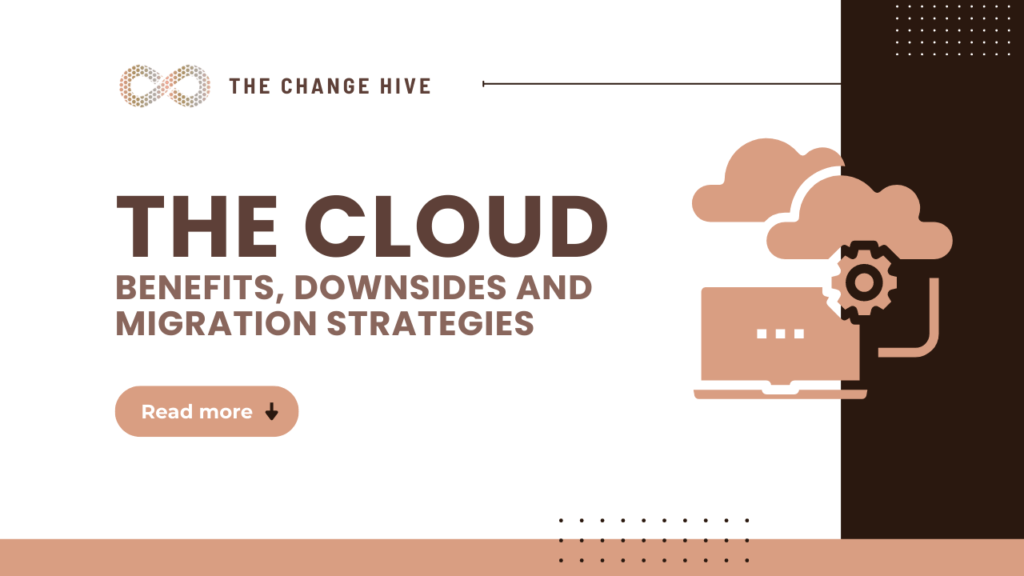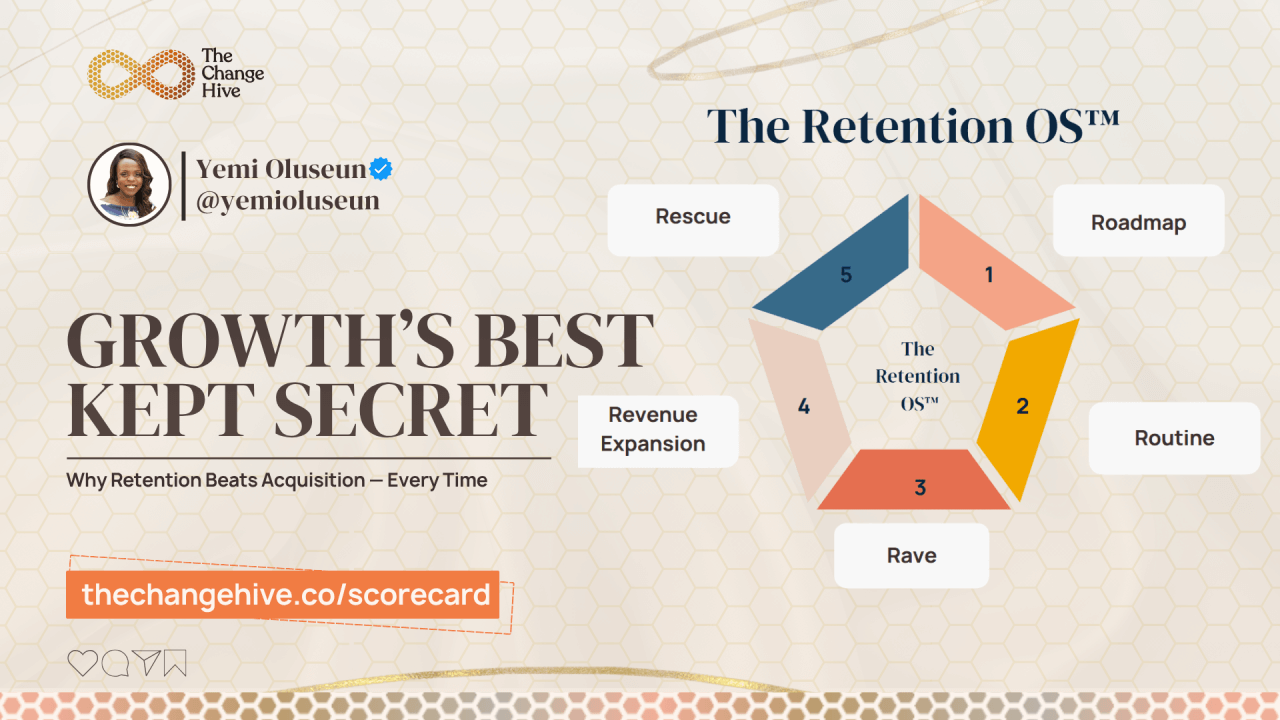“The Cloud” or “ Cloud Computing” is the delivery of technology services—such as servers, storage, databases, networking, software, analytics, and intelligence — over the Internet (“the cloud”).
Simply put, if you have used Google Drive, Gmail or Office 365, you have most likely interacted with the cloud.
These cloud technology services are offered on a pay-as-you-go pricing basis. Instead of buying, owning, and maintaining physical data centres and servers (aka ‘on-premise’).
There are three main cloud providers – Amazon AWS, Microsoft Azure and Google Cloud Platform (GCP). Sometimes called the “hyperscalers”.
Benefits of Cloud Migration
- Scalability and Flexibility – It is easier to deploy and scale technology. For example, a seasonal business during high season can add on more processing capacity to handle the increased volume. And then during low season, the additional capacity can be removed and the business only pays for what it uses.
- Physical Server Storage Savings: Servers take up space and, require physical security, air-conditioning facilities etc. This is not required with cloud solutions – the cloud provider handles these.
- Wide Range of Integrated “Out-of-the-Box” Technologies: Once the data is migrated, cloud platforms have several easy-to-deploy services that allow businesses to test and experiment with advanced technologies e.g. Internet of Things, machine learning, data lakes and analytics, and much more, quite quickly.
- Speed: You can improve the user experience by deploying applications to multiple geographic locations, and within close proximity to end users.
- Security & Performance: Cloud providers have and continue to invest heavily in cutting-edge security technologies.
Potential Cloud Migration Downsides to Consider
- Cost Optimisation: The initial, upfront cost of cloud solutions is typically lower than on-premise solutions. However, if cloud solutions are not well optimised, the total cost of ownership can quickly become quite expensive. Cloud solutions typically have no outright purchase cost for servers and hardware (Capex). Cloud costs are paid on a subscription/ usage basis (Opex). Therefore, similar to household utility bills, to manage cost it is important to turn off services and/or licenses whilst they are not in use.
- Managed Service Agreement: Reliance on a third-party vendor’s service is greater in a cloud environment. The vendor manages the infrastructure and data on your behalf. It is important to be clear on the Service Level Agreements (SLAs), performance uptimes, warranty periods, cyber security escalation processes etc.
Cloud Migration Strategies – 6Rs of Cloud Migration
Here are six major ways of moving your existing on-premise application to the Cloud.
They are also called the 6Rs of Cloud Migration.
These strategies are intended to be guidelines and useful conversation guides as you review your existing on-premise applications.
Listed below in order of low to high complexity
- Retire – Decommission on-premise applications that are no longer needed.
- Retain – Decide to leave it as is and not migrate it to the cloud (at least for now). This strategy may be necessary for regulatory and compliance reasons.
- Relocate/ Rehost – Also called “Lift and Shift”. It is an incremental approach that simply moves the application to the cloud. The application is not optimised or modified for the cloud. The advantage of this approach is its simplicity – most cloud providers have automated scripted services to help with the migration. This strategy is a good starting point for businesses starting out on their cloud migration journey. The drawback of this approach is that the application is not optimised for the cloud – so has little to none of the benefits of the cloud.
- Repurchase – This involves using a different cloud-based Software as a Service (SaaS) application e.g. retire MS Office for Desktop and purchase cloud-based Office 365. This approach requires upfront analysis of the business process to ensure the right replacement SaaS software is selected, good integration of the new SaaS software with other applications used in the business and thorough change management to ensure the software is adopted.
- Replatform: It involves making some changes to the application to optimise it for the cloud. For example, moving the application’s database and back-end services to a cloud-optimised platform. This strategy takes some advantages of being on the cloud e.g. the cloud provider can handle database maintenance tasks like taking regular backups, applying security updates etc.
- Refactor: This would involve re-architecting the entire application to make it a “cloud-native” application and operate with serverless architecture– function as a service (FaaS). This could require considerably more effort than the other strategies. It however yields more benefits because the refactored application can take full advantage of the benefits of the cloud.
These cloud migration strategies are also not mutually exclusive, one application may use one or more of the above strategies.
For example, on a given application, some functionality may be retired, some functionality may be retained on-premise for compliance reasons and for the remaining functionality you may opt to repurchase a new SaaS-based solution.
Cloud Migration of an application may also be done iteratively; you can start by simply rehosting the application (phase 1). And then in phase 2 re-platform it, so that it takes full advantage of the cloud.
For more best practices on implementing transformation programmes, check out: 7 Steps to Successfully Plan Business Expansion and Optimisation Projects
#cloudmigration #digitaltransformation #businesstransformation #businessdigitaltransformation







